
views
Identifying Symptoms
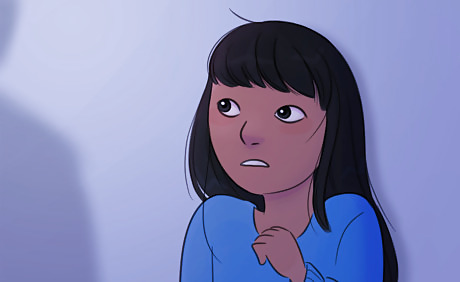
Consider past exposure to trauma. CPTSD is caused by repeated or prolonged traumatic experiences, which the person could not escape from. A person may have been exposed to a traumatic environment for months, years, or decades. Examples include, but are not limited to: Child abuse or neglect Prolonged bullying Stalking victimization Crises such as kidnapping or sex trafficking Domestic abuse Extreme violence such as military conflict, torture, or genocide campaigns Brainwashing A harsh environment Other types of mistreatmentDid You Know? While some of these potential causes are serious crimes, that doesn't mean people with more "ordinary" life experiences can't get CPTSD. For example, someone who grew up with emotionally negligent, strict, and harsh parents can still have CPTSD. The fact that some people may have been through even worse doesn't negate another person's trauma.
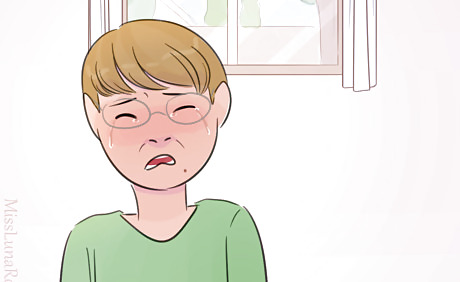
Notice changes in feelings and impulses. Someone with CPTSD may face strong emotions, particularly upsetting ones, in a number of ways. Their moods and behavior may be extreme, or very inhibited. Anger difficulties: Someone with CPTSD may have extremely inhibited anger, or explosive anger. They may alternate between the two. Depression: The person may show signs of persistent sadness, self hatred, and even suicidal thoughts. Anxiety: The person may be hypervigilant and perfectionistic. They may experience panic attacks. Blame: The person may blame themselves for what happened, fantasize about revenge upon the perpetrator(s), or obsess over blame instead of trying to fix a situation. Sexuality: The person may act impulsively in sexual situations, or have an extremely inhibited sexuality. (This is distinct from asexuality, which is a healthy and non-trauma-related sexual orientation.)
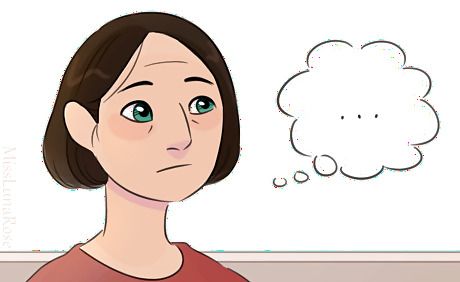
Look for issues with attention and consciousness. The person may forget or relive traumatic experience, and they may detach themselves from the world. Forgetting experiences: The person might forget their traumatic experiences, and only remember them later. Reliving experiences: The person may experience "emotional flashbacks," during which they re-live the intense feelings of a traumatic experience, either due to rumination or an outside trigger. Or they may experience PTSD flashbacks. Dissociation: The person may mentally detach themselves from the world. They may appear very withdrawn, or be very isolated all the time.
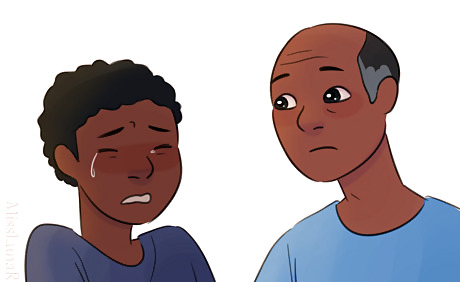
Look for self-perception problems. CPTSD integrates itself into a person's sense of self, changing how the person feels about themselves, often in deeply negative ways. Self blame: The person may feel shame, guilt, and self hatred. They may assume what happened was their fault. Feelings of powerlessness: They may feel helpless. Feeling different: The person may feel different from everyone else, and have trouble connecting to other people.
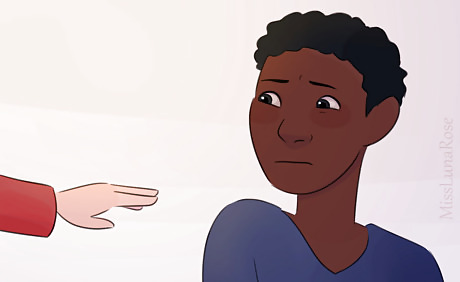
Look at the person's relationships. People with CPTSD often have trouble building and maintaining close relationships, because they've lost trust that other people are safe to be around. The person may trust a select few people, or no one at all, preferring to keep their distance to avoid getting hurt. Isolation: The person may withdraw from human contact, feeling safer when they're alone. Distrust: The person might struggle to form trusting relationships, feeling that anyone could turn on them at any time. They may even become hostile. Search for a rescuer: The person might wish that someone would swoop in to save them. Difficulty with close relationships: The person may have few or no close relationships, and these relationships could be disrupted by lack of trust. The person may re-enact their trauma by tending towards a victim role, or even victimizing others.
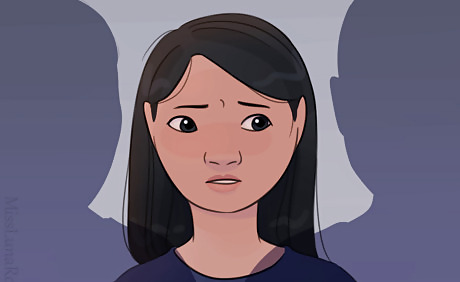
Consider their feelings towards the perpetrator(s). People with CPTSD often have strong feelings toward the person who hurt them, and these feelings can change dramatically over time (such as hating the person one day and loving them the next). Thus, the relationship can be extremely complicated. Seeing the perpetrator as all-powerful Obsessing over their relationship with the perpetrator Feeling that they have a special relationship with the perpetrator Idealizing or trying to appease the perpetrator Accepting the perpetrator's belief system and rationalizations
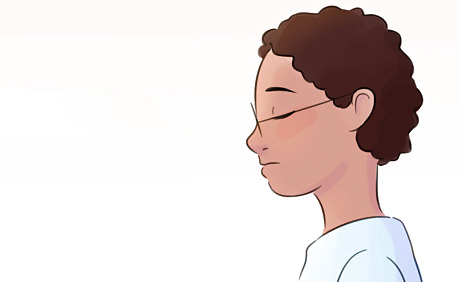
Notice "somatization," or physical illnesses brought on by stress. Look for physical symptoms that can't be explained by some other condition. Someone with CPTSD may have symptoms like: Migraines Muscle aches and pains TMJ Stomachaches Chronic pain

Consider how the person sees the world. CPTSD can impact how someone perceives the world around them. Due to bad experiences, they may start expecting cruelty or even abuse from the people around them. Believing that the world is a cruel place Assuming most people will be mean to them Loss of hope or faith

Recognize that a person with CPTSD may not display every single possible symptom. If someone has most, but not all, of the symptoms, then it is still worth seeing a medical professional, and CPTSD is likely. Keep in mind that people with CPTSD can still have good days, happy memories, and close relationships with a few trusted people.
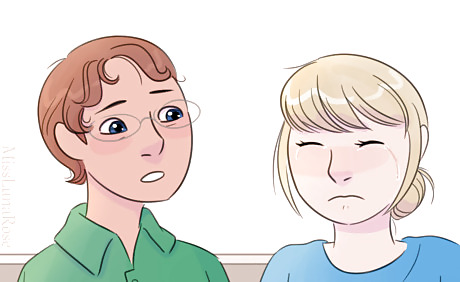
Avoid dismissing a real problem. Trauma survivors often belittle what they have been through, and this includes people with CPTSD. Don't dismiss a problem because it sounds less severe than what some other people have been through. If CPTSD describes your experience, and helps you understand your symptoms and how to heal, then don't ignore it. You can still have CPTSD even if... There was no physical violence The perpetrator was perfectly nice sometimes, or even most of the time You're not sure it was abuse Other people experienced similar bad situations and weren't traumatized (Some people are more vulnerable to trauma than others.) The perpetrator really does love you Other people had it worse
Distinguishing from Other Disorders
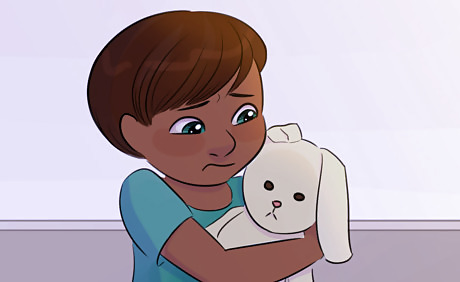
Distinguish CPTSD from regular PTSD. While CPTSD is caused by repeated exposure to trauma, PTSD is usually formed by short-term trauma or a singular traumatic event. Both disorders involve re-experiencing the trauma, avoiding people or situation that remind them of trauma, and a persistent sense of threat. CPTSD also includes three major symptoms that PTSD does not: Emotional dysregulation: emotions being heightened or flattened Negative self-concept Disturbed relationships (notably isolation)
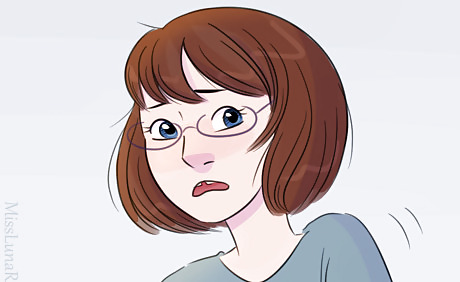
Distinguish CPTSD from other anxiety disorders. CPTSD is one type of anxiety disorder, along with PTSD, OCD, social anxiety, phobias, panic disorder, and generalized anxiety. CPTSD is caused by repeated exposure to trauma, and shares symptoms with some types of anxiety. It's possible for people with CPTSD to have other disorders too. For example, one person with CPTSD might also have panic disorder and a phobia of needles.
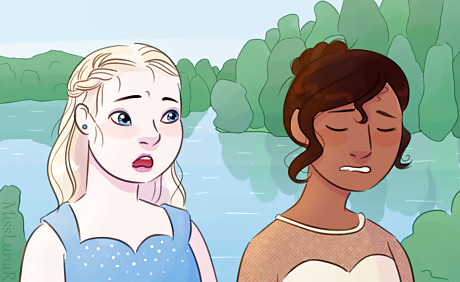
Distinguish CPTSD from Borderline Personality Disorder (BPD). Both conditions can involve mood swings, a history of trauma, and dissociation. While the disorders are similar, BPD is generally more chaotic and related to a fear of abandonment, while CPTSD usually involves more consistent sadness and isolation. Abandonment: People with BPD have an intense fear of abandonment, and they will desperately try to avoid being abandoned. People with CPTSD don't necessarily fear being abandoned. Past relationships: People with BPD usually have a history of unstable and chaotic relationships, while people with CPTSD are more consistently withdrawn. Identity: People with BPD often have a very unstable sense of self. People with CPTSD usually have a more stable, but negative, sense of self.

Distinguish CPTSD from Avoidant Personality Disorder (AvPD). Both of these conditions involve isolation, low self-esteem, distrust of others, and difficulty with socializing and close relationships. Telling the difference between CPTSD and AvPD can be difficult. Consider... Social fears and avoidance: Social fears in AvPD can be so extreme that normal tasks (like buying groceries or riding the bus) become difficult or impossible. They may avoid leaving the house when possible. People with CPTSD may be able to do these tasks, and only feel serious fear when an emotional flashback is triggered. Risk aversion: People with AvPD tend to avoid social risks. People with CPTSD tend to avoid anything that reminds them of their trauma (which may or may not involve social risks). Mood: People with CPTSD may experience mood swings, and extreme or inhibited anger. Mood swings are not part of AvPD. Sensitivity to criticism: People with AvPD are deeply sensitive to criticism. People with CPTSD may or may not be sensitive to it, depending on whether it is related to their trauma.
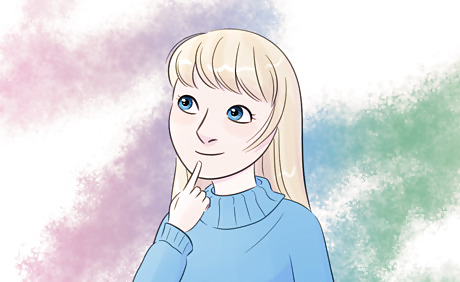
Distinguish CPTSD from autism. Both CPTSD and autism involve relative isolation, strong and/or inhibited emotions, difficulty forming relationships, emotional outbursts, disorganization, need for routine, and greater risk of self esteem problems. They may look similar at first, but they have very different causes: CPTSD is a trauma-related disorder, and autism is a developmental disability. Cause: CPTSD is caused by adverse experiences in childhood or later. Autism is inborn, with signs being identified as early as the second trimester of pregnancy. (However, autistic people are at higher risk of experiencing abuse, which can further muddy the waters.) Repetitive movements: Autistic people are typically fidgety by nature, including when they are calm, and may fidget for fun. People with CPTSD may only fidget repetitively as a stress response. Social troubles: Autistic people experience social difficulties mostly due to social confusion and being misjudged by others. People with CPTSD usually experience difficulties mostly due to fearfulness or moodiness. Overwhelm: Autistic people may have sensory issues, and get overwhelmed due to too much sensory input. Sometimes this looks like a panic attack, and sometimes it just looks like being "sensitive" or "picky." People with CPTSD may have panic attacks due to hypervigilance or a trauma trigger. Sleep: Autistic people's bodies may not produce enough melatonin, making it harder to fall asleep. Melatonin supplements often fix this. People with CPTSD struggle with sleep due to stress. Signs of autism: Autistic people will have developmental delays and quirks, and have intensely passionate interests. These aren't part of CPTSD.
Getting a Diagnosis
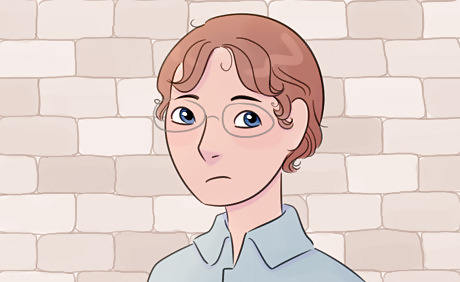
Be cautious about becoming too attached to one diagnosis early on. Self-diagnosis isn't always accurate, and it's good to get an expert opinion before reaching conclusions. It's possible that what you're seeing isn't CPTSD, but another disorder that looks similar. Stay open to possibilities. Even if it doesn't turn out to be CPTSD, that doesn't mean that the problem isn't real or that trauma never happened. Doctors are usually (but not always) right. If you think there might be a misdiagnosis, speak up. They need lots of information to help give an accurate diagnosis.

Gather materials to help with diagnosis. Writing down the person's symptoms can be very helpful, since the list can be shown to a doctor to aid in diagnosis. It will also help make sure that you don't forget anything you want to mention. There are not many CPTSD self tests available online to help you prepare. You may find it helpful to print out this wikiHow article, and circle or highlight every sign that the person shows. Write down symptoms even if they don't match the profile of CPTSD. It's possible that the person has something else instead of CPTSD, or something else in addition to CPTSD. Accuracy is important for getting the right help.
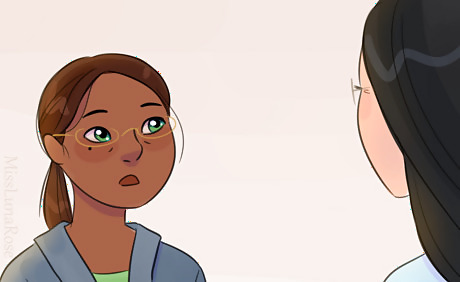
Visit a doctor or mental health specialist. CPTSD is a medical condition, and can be treated. A doctor may be able to give a diagnosis, or refer you to a specialist who can. An expert can help you diagnose the problem, and then talk to you about how to treat it. Because a person with CPTSD keeps reliving the trauma, healing can't happen on its own. Getting treatment is important for recovery.




















Comments
0 comment